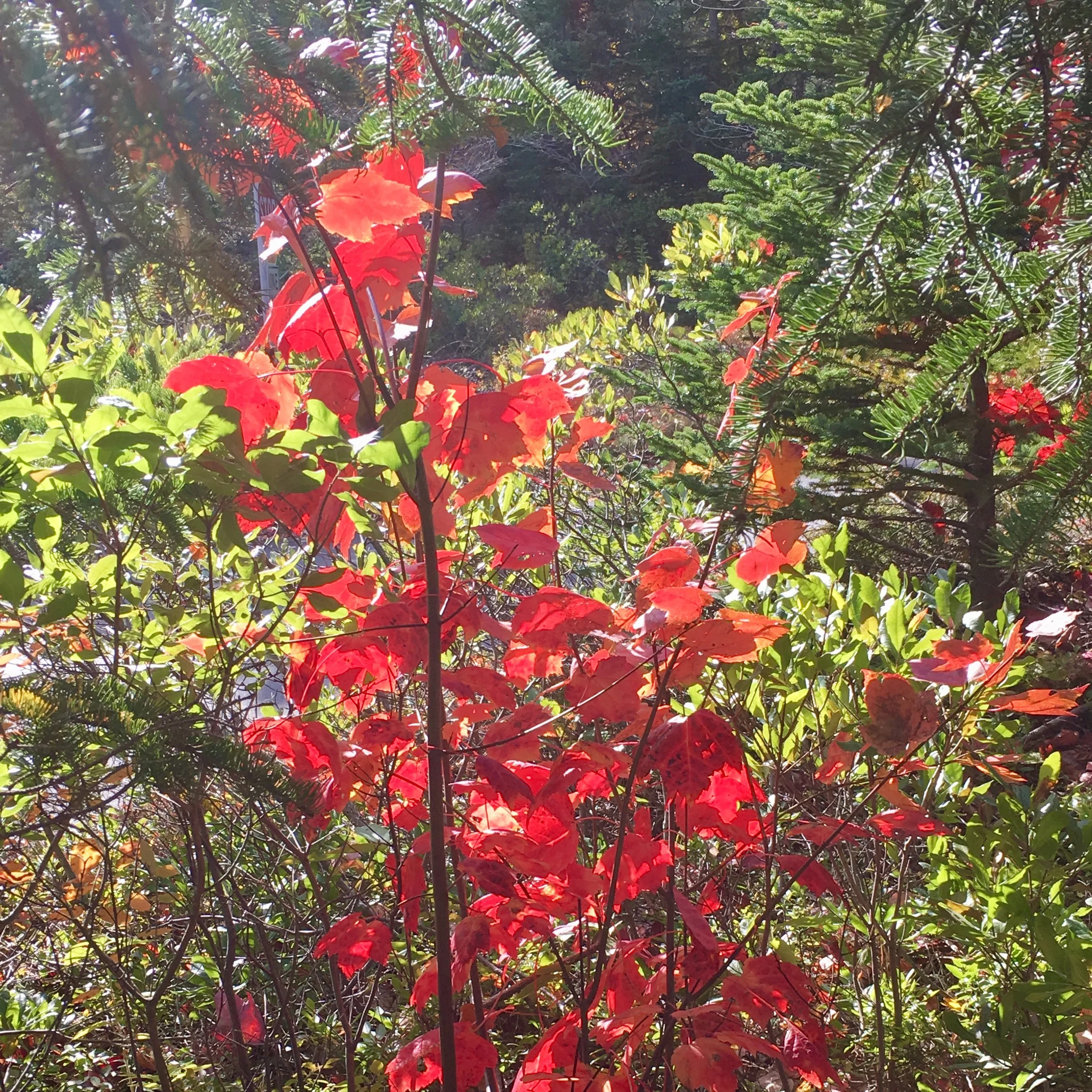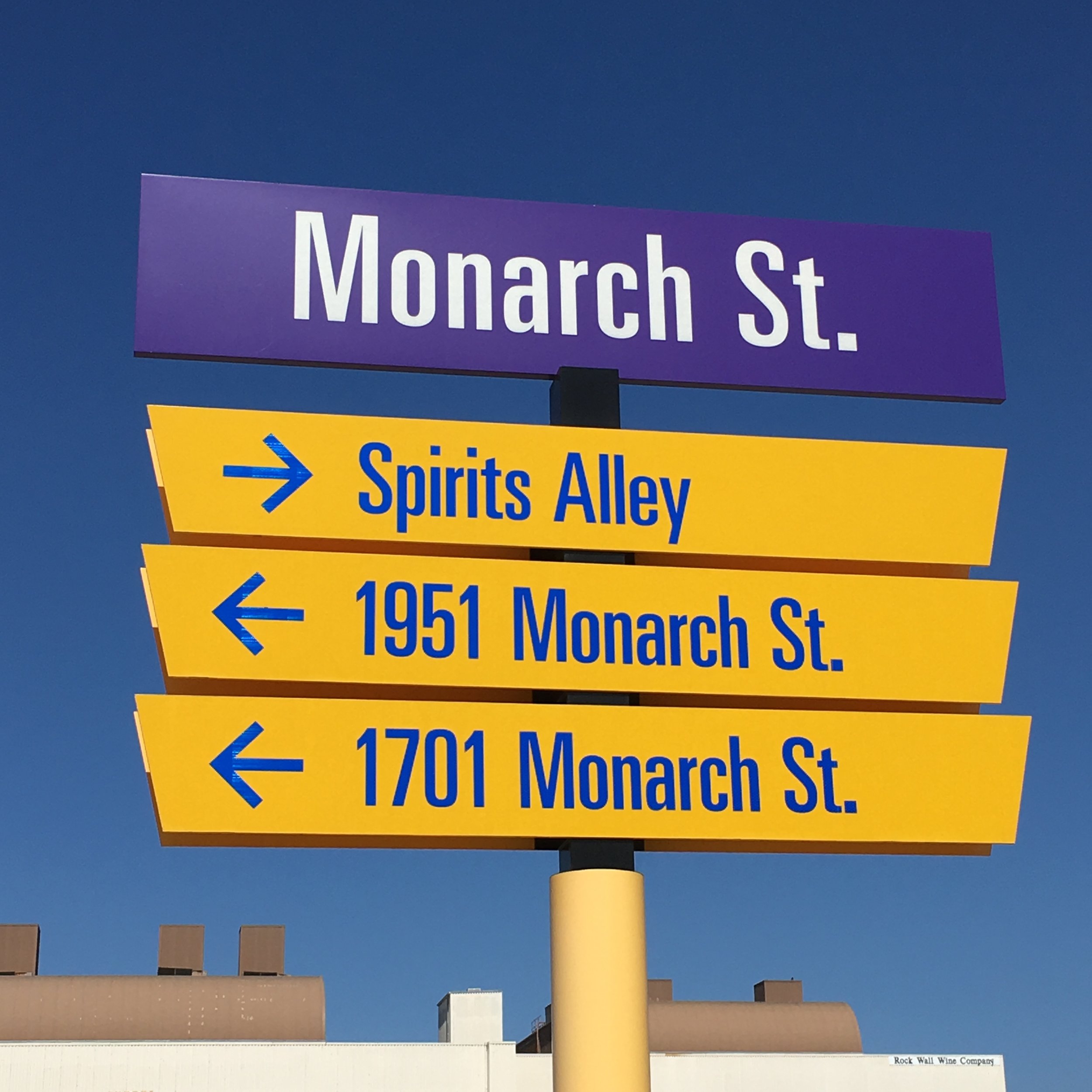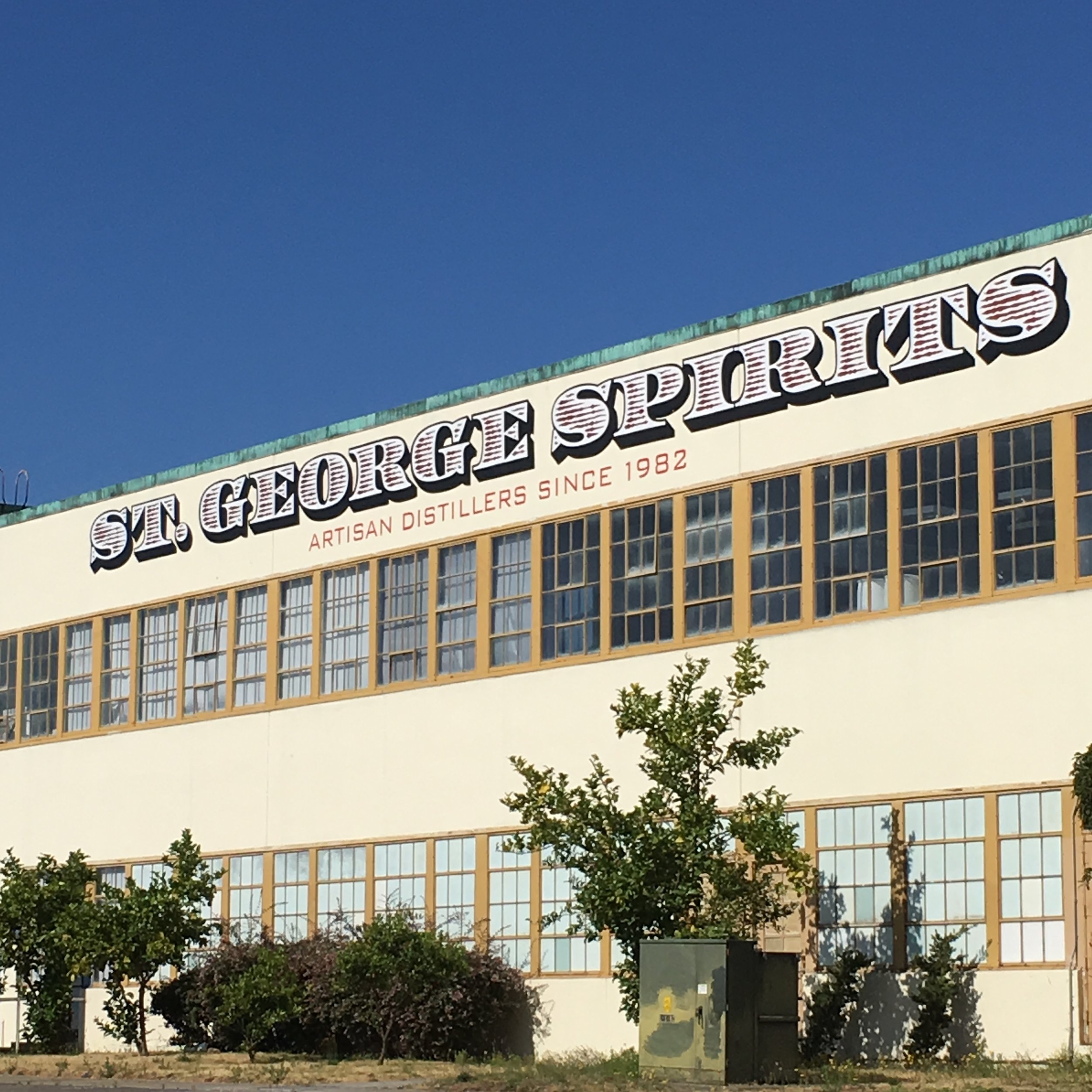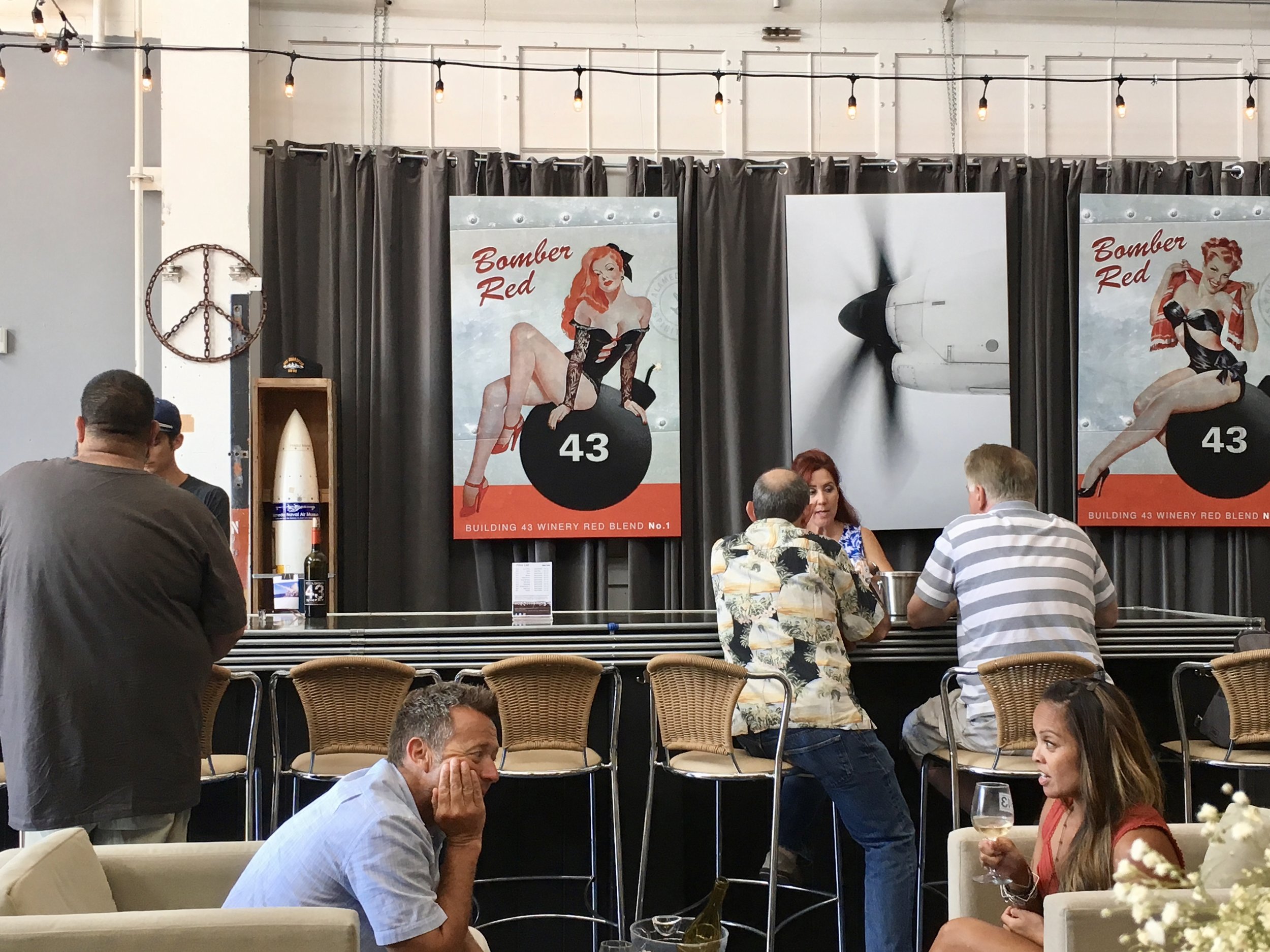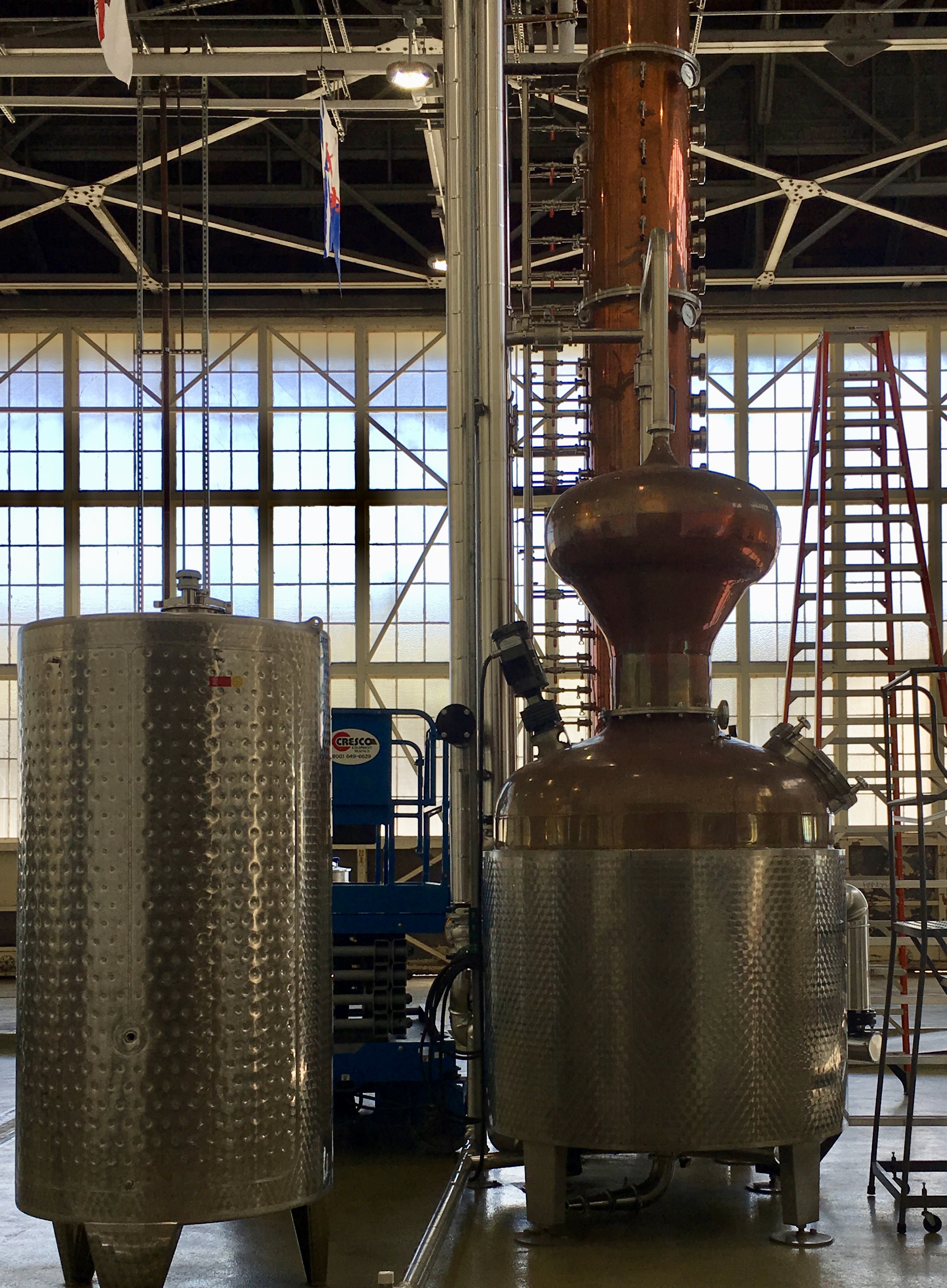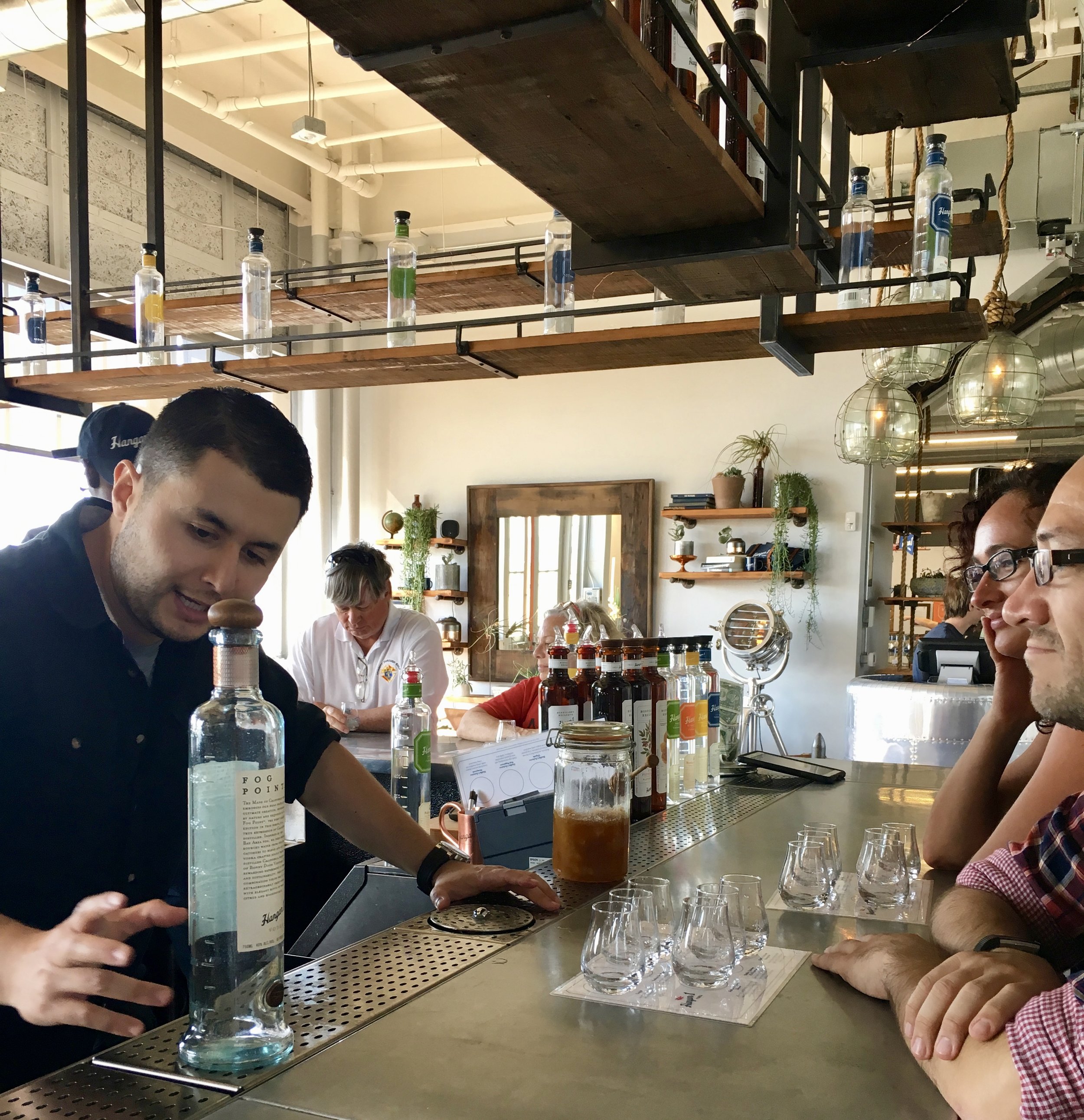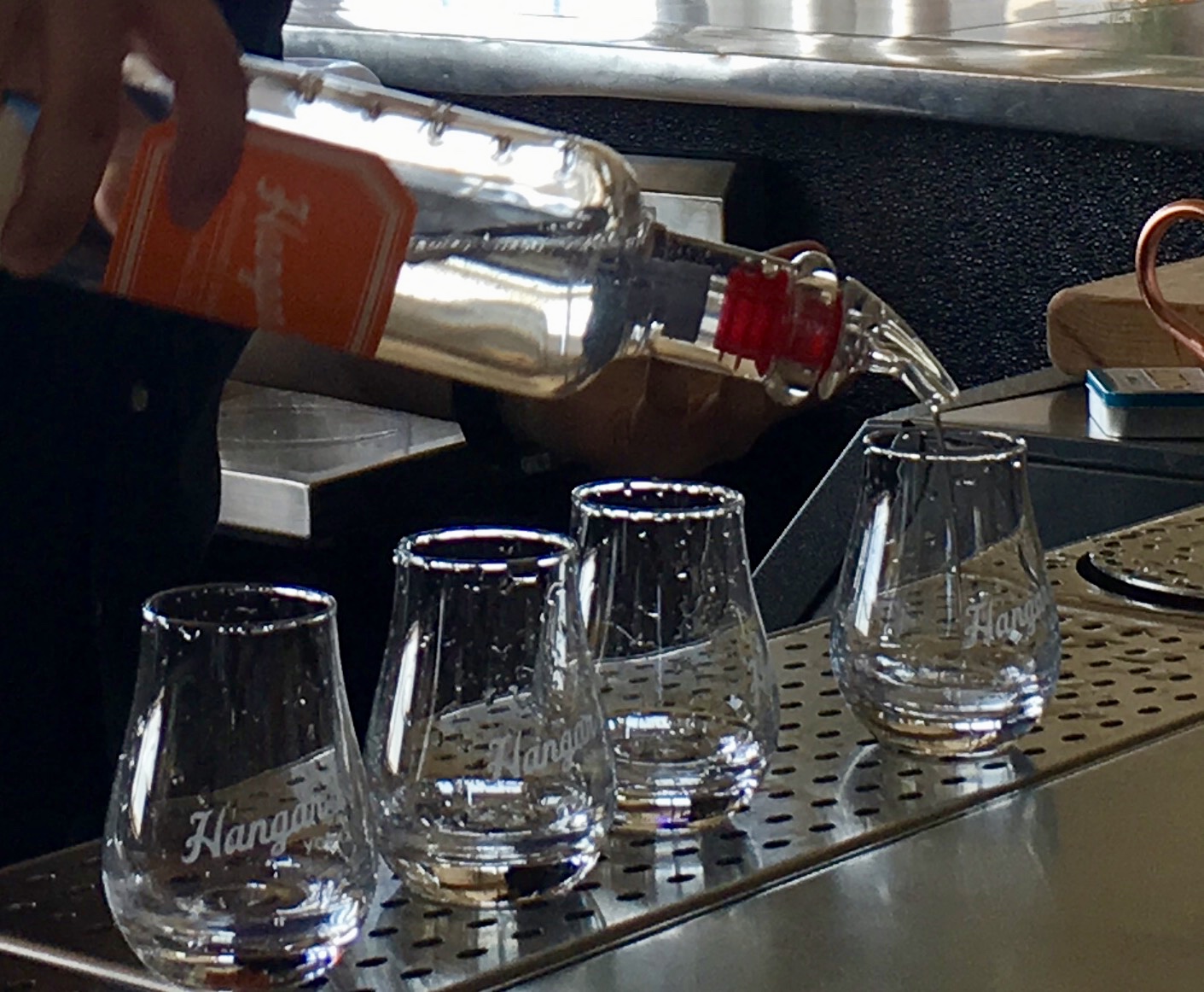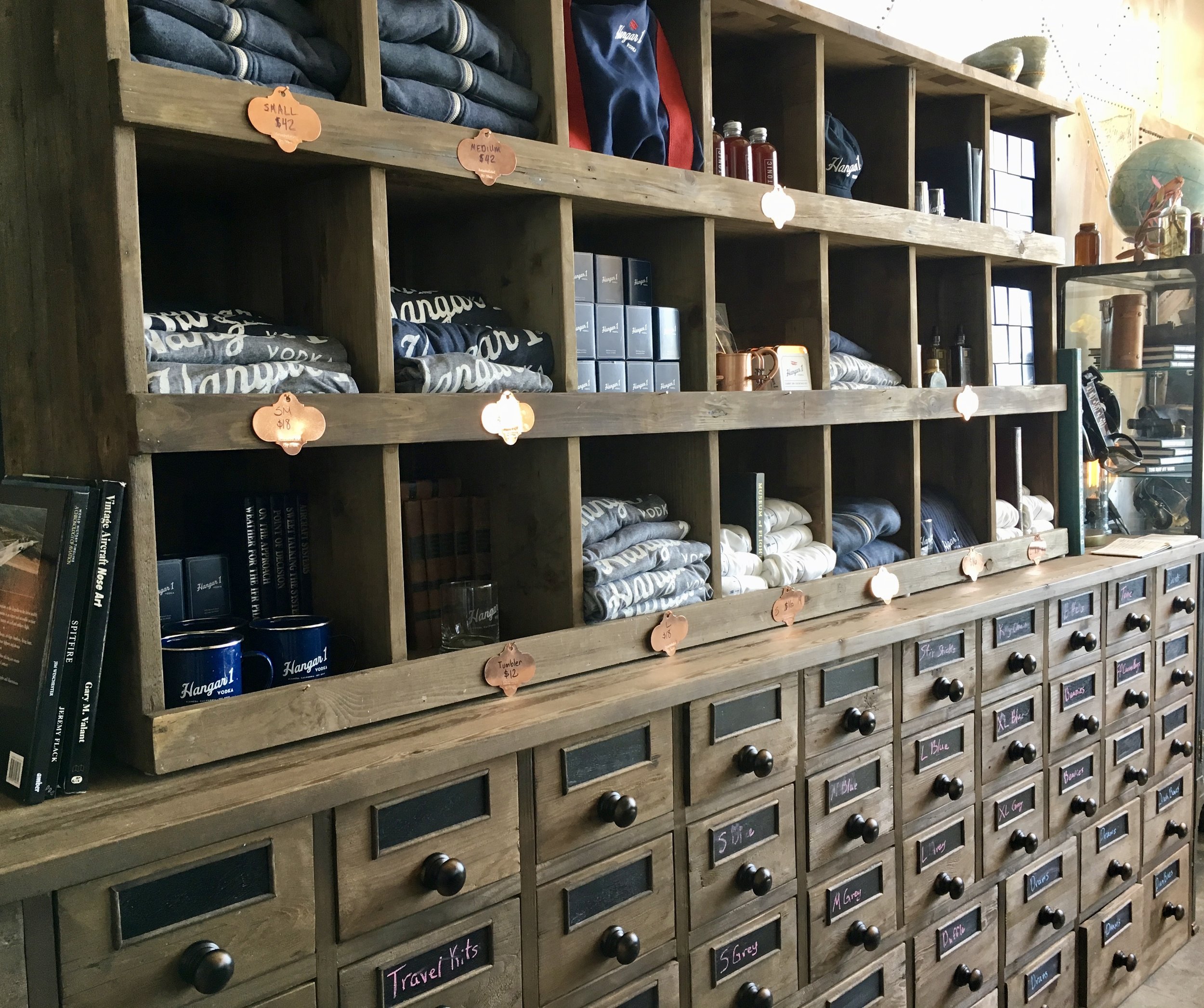On our trip to England last August we spent one night in Oxford which didn't give us a lot of time to explore but we did squeeze in a walking tour of the university and then ventured about 1.5 miles beyond the city to a new craft distillery where a talented team of visionaries was launching its first bottled spirits after years of building every aspect of the business from the ground up.
Five years is how long it took Tom Nicolson to lay the ground work and build the team that today is The Oxford Artisan Distillery (TOAD), the first legal distillery ever in Oxford. Nicolson, the founder and CEO of TOAD gave us a tour just days after the distillery released its first bottles of Oxford Dry Gin and Oxford Rye Vodka. TOAD is also in the process of crafting an absinthe made with more than twenty organic botanicals and a rye whiskey that has been laid down but needs to age.
Nicolson, donning a wheat straw pork pie hat, picked us up at our hotel in the center of Oxford to transport us to the distillery just a short drive away. The distillery van was easily recognizable as it pulled in front of our hotel with its TOAD logo and illustration of the distillery's dapper, amphibian mascot, George, wearing a boater hat.
The distillery sits on a site which dates back to the 18th century when it was owned by a local family and the property was known as Cheney Farm. An original threshing barn still stood on the property now known as the Old Depot in South Park and is under the control of the Oxford Preservation Trust which has leased it to TOAD.
There were a couple of carpenters working on projects around the property and the distillery seemed to be in "soft opening" mode with shipment boxes stacked on the floor and marketing materials laying around. Behind a counter, Chief Operating Officer, Tagore Ramoutar, was unpacking boxes of glassware and stocking the tasting bar where we would later sip the new vodka and gin. Nicolson and Ramoutar met at a networking event for start-ups in 2014 and soon after began working together on detailed plans and a strategy for Oxford's first craft distillery. Unpacking boxes seemed a rather mundane task for an experienced entrepreneur and new venture expert who had already notched many business successes on the global stage but Ramoutar had a relaxed smile on his face and looked as though he was having a great time as part of this distillery venture.
Nicolson too, came from an impressive business background. His career in the music industry and creating successful recording studios in London had fueled his passion for business and creativity but in 2012 he was ready for a new challenge. That's when the wheels for the inception of TOAD were put in motion. He had become interested in craft distilling and started to investigate the possibility of opening his own distillery. Nicolson had come from a family with a history of working in the wine and whiskey business in Scotland for generations, a tradition that ended when his father left the industry to pursue life as a vicar. Nicolson joked that his father gave up one kind of spirit for another. After talking to people in the industry and doing his own due diligence, Nicolson decided to fully commit himself to opening Oxford's first craft distillery.
We made our way to the distilling building where two impressive and gleaming copper stills with towering distillation columns were housed. These were not run-of-the-mill stills, they were custom designed and hand made. As Nicolson proudly patted the larger of the two he told us these stills had been designed and built by a man named Paul Pridham, one of England's last great steam engine boiler makers of the South Devon Railway. Nicolson had reached out to Pridham who worked for two years to create these custom, hand-riveted stills. The large 2200-litre still is named Nautilus and the smaller, 500-litre still is named Nemo - a clever nod to the author Jules Verne and his novel, Twenty Thousand Leagues Under the Sea.
As Nicolson explained the distilling process he told us about the farmer who provides the grains TOAD uses in making its spirits - grains which distinguish TOAD's spirits from those of any other distiller in the world. The story of their origin was quite fascinating.
John Letts, an archaeo-botanist and well known organic farmer from Oxford discovered various ancient grains in the base layer of thatch removed from a medieval house from which he began to develop genetically diverse seed mixes of wheat, rye, oats and barley. Nicolson and Letts first met in 2013 at a farmers' market where the farmer was hoping to attract artisan bakers to buy his flour made from sustainably-grown, ancient and heritage grains. Nicolson was intrigued with Letts' approach to growing grains for this flour but saw another angle. "I think you're missing a trick," he told Letts, suggesting maybe these ancient grains could be used for distilling spirits. The two kept in touch and in 2015 TOAD signed an exclusive contract with Letts to use his populations of ancient heritage grains (in perpetuity) for distilling. All of the heritage grains come from fields within 50 miles of Oxford. TOAD claims to be the only distillery in the world to use populations of these types of grains in is distilling.
Next, we took a peek inside the 18th century threshing barn where the rye whiskey would eventually be laid down to age after the distilling process. This is the only building from the original farm that is still on the site. Instead of seeing it as a preservation nuisance, Nicolson sees it as an enhancement to the story of TOAD and its historical connection to community of Oxford.
We made our way to the lab where the work of Cory Mason takes place. It was a modest-sized room filled with beakers, scales, bottles, grain bags and other ingredients. Mason was not on site that day but he, like the other members of TOAD, comes from an impressive background. Nicolson and Mason met back in 2013 when opening a distillery was still just an idea but the two "clicked" and seemed to share the same vision. Mason, an award-winning Master Distiller who made a name for himself in New York City with management roles in bars and restaurants including "Employees Only," (once voted one of the best cocktail bars in the world). He honed his distilling skills at the International Centre for Brewing and Distilling at Heriot-Watt University in Edinburgh and his long list of accomplishments include developing more than 15 commercially released spirits. Today he is the Master Distiller of TOAD.
There is room to grow on the property and Nicolson has plans to add a bar, restaurant and visitor center. He's been busy getting the word out about TOAD and in addition to the regularly scheduled distillery tours, Nicolson has been inviting the local community to a few "Open Days" at the distillery where folks can get a behind-the-scenes look at the operation. Nicolson invites local food purveyors, beer breweries and car clubs to help with the festivities all the while educating his local guests about TOAD. He wants very much for TOAD to be part of the community and he wants the community to be part of TOAD. To prove it, the distillery will open up its shares to the public in an attempt to raise £1million in a crowdfunding campaign some time this fall. We just might buy in too!
We finally made our way back to the tasting room where Ramoutar was waiting to treat us to tastings of the newly bottled Oxford Dry Gin and Oxford Rye Vodka. Both were so smooth and very easy to sip straight up. We could taste a very slight toffee flavor in the vodka which Ramoutar explained was from the ancient grains. We tasted the gin mixed with some tonic, lemon and lime and it really was the best gin and tonic I've ever had. We bought two bottles of gin to take with us to the Cotswolds where we planned to hike for the next few days.
The name of the distillery provided a basis for the apt acronym, TOAD, a happenstance not lost on Nicolson. One of his favorite books as a child was The Wind in the Willows, the story of friendship and adventures of a band of anthropomorphized animals in the English wood including the frolicsome standout character, Toad, who may or may not have been a source of inspiration for the distillery mascot, George. Similar to the characters in the children's book, Nicolson and his colleagues seem to be enjoying their own adventures and camaraderie as they build their distillery business in the English countryside. Cheers to them!
For information about The Oxford Artisan Distillery and tours click here
For information about our four-star accommodations at The Buttery Hotel click here
